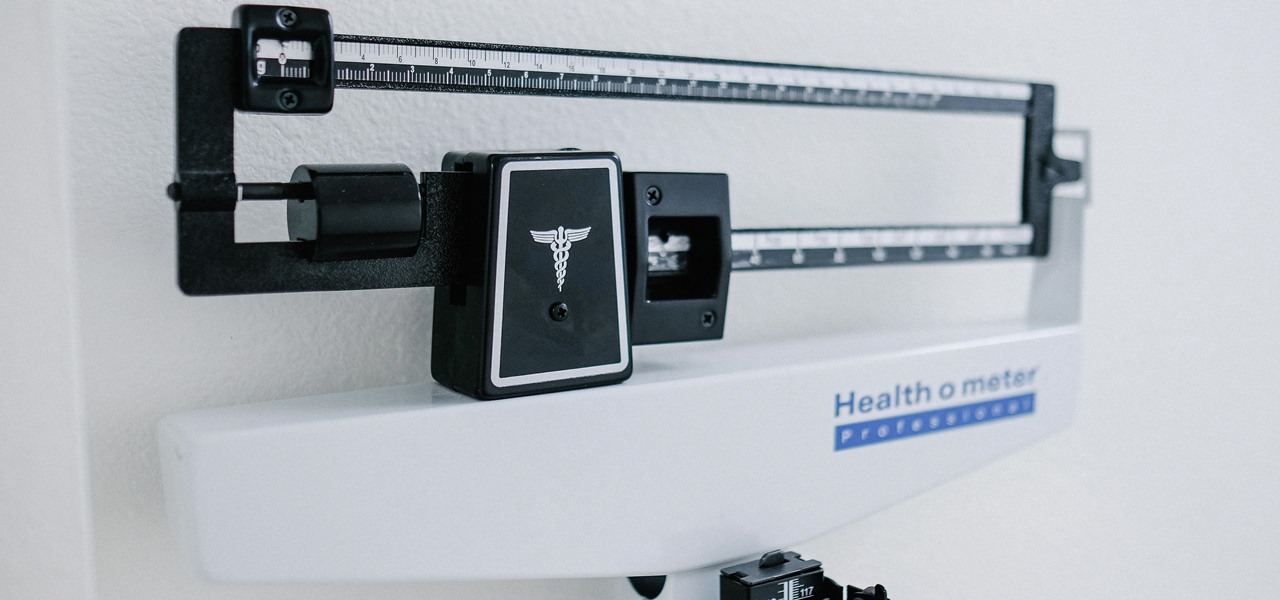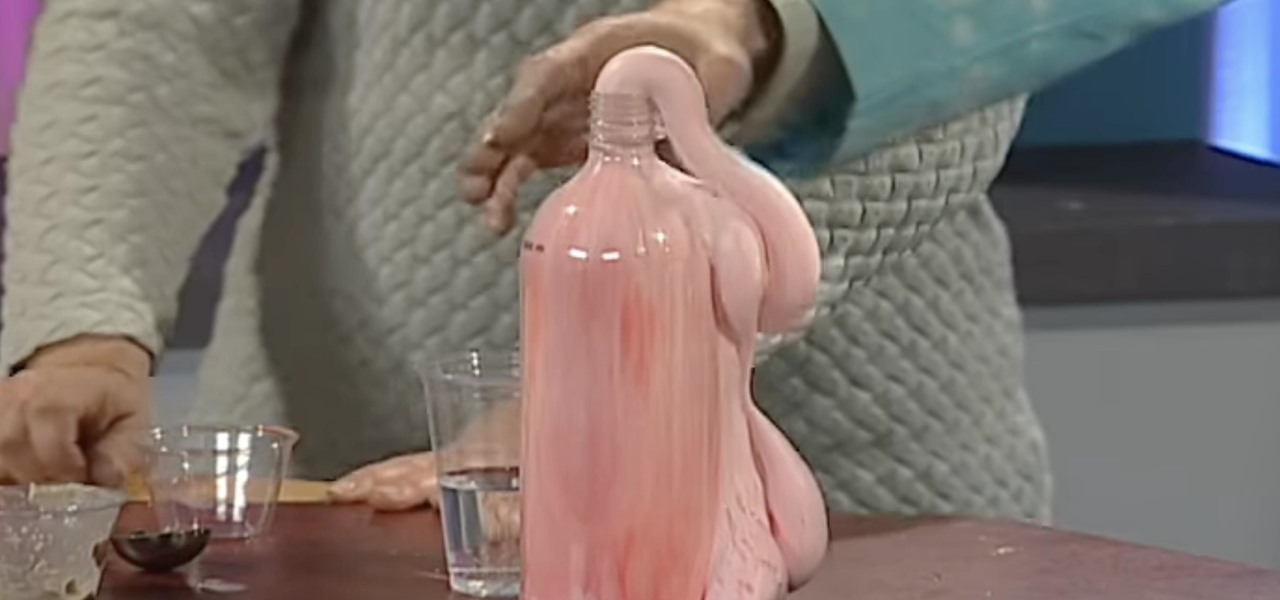Hot Science Experiments Posts


News: Don't Miss Tonight's Super Perigee Full Moon!
Some of you have already seen the superbness of tonight's "super moon", but for those of you in the western half of the United States, there's still time to ready your cameras and enjoy March 19th's super full moon. It's the biggest full moon in almost 20 years, the last one appearing in March of 1993.

How To: How Much Would It Cost to Discover Every Animal on Earth?
Are you prone to crusades of the overambitious? Well, here's one for you: try to find and identify every animal on earth. You may think scientists have a handle on this, having pinned down 1.4 million animal species so far, but there are millions more are out there, waiting to be found. Brazilian scientists have put the cost of finding the rest at a decisive $263 billion.

How To: Control a Movie Plot with Your Emotions
Not in the mood for a sappy ending? Well, strap in because "Emotional Response Cinema Technology" lets your own body physiology control the movie music, the special effects, and even the movie ending. A collaboration between BioControl Systems, Filmtrip, and the Sonic Arts Research Center at Queen's University Belfast, the technology was recently showcased at the SXSW film festival in Austin, TX, where the newly minted horror film Unsound interacted with the audience through wires connected t...

How To: Prevent Post-Earthquake Nuclear Meltdown in the US
After getting slammed with a crazy-big earthquake/tsunami, the Japanese nuclear plant Fukushima Daiichi might be on the brink of meltdown. Not as bad as Chernobyl, but maybe as bad as Three Mile Island. Nobody wishes such a disaster on anyone...anywhere in the world. In the US, there are about 100 nuclear facilities, about 8 of which are located near hot beds of seismic activity.
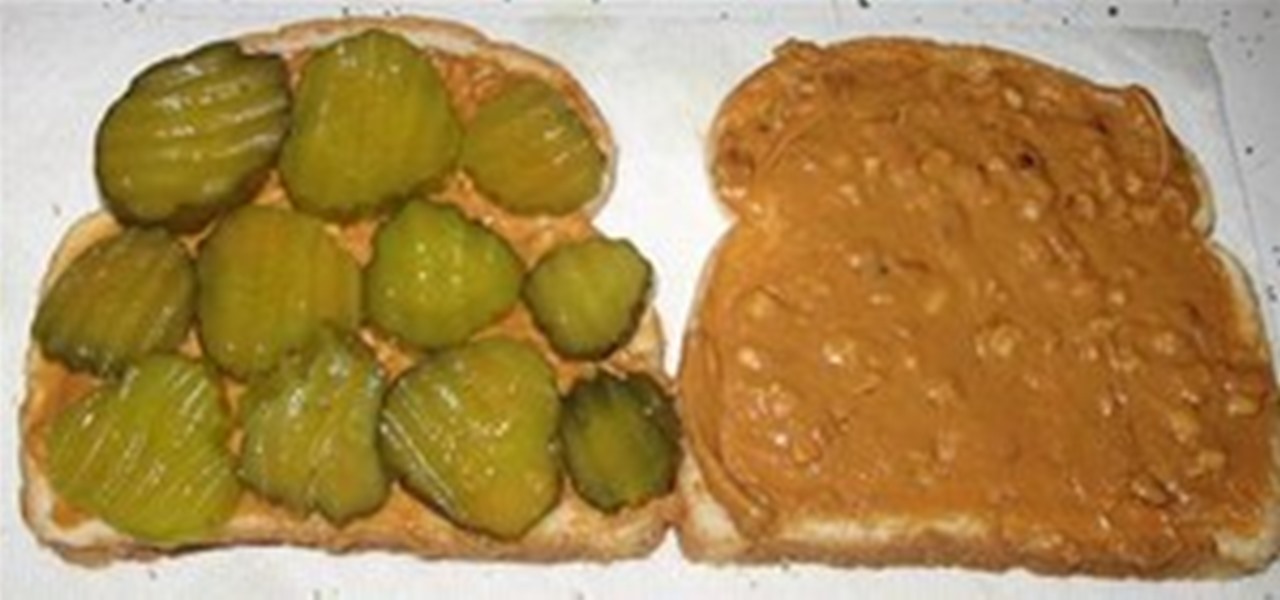
You Are What Your Mother Ate: Eat Well for Healthy Kids
I always thought you looked kinda like a pickle with peanut butter. Anyway, so the saying goes—you are what you eat—which is supposed to make you feel guilty when downing that triple cheeseburger with a side of donuts and frogs legs. Although, what's so wrong with being a cheeseburger?
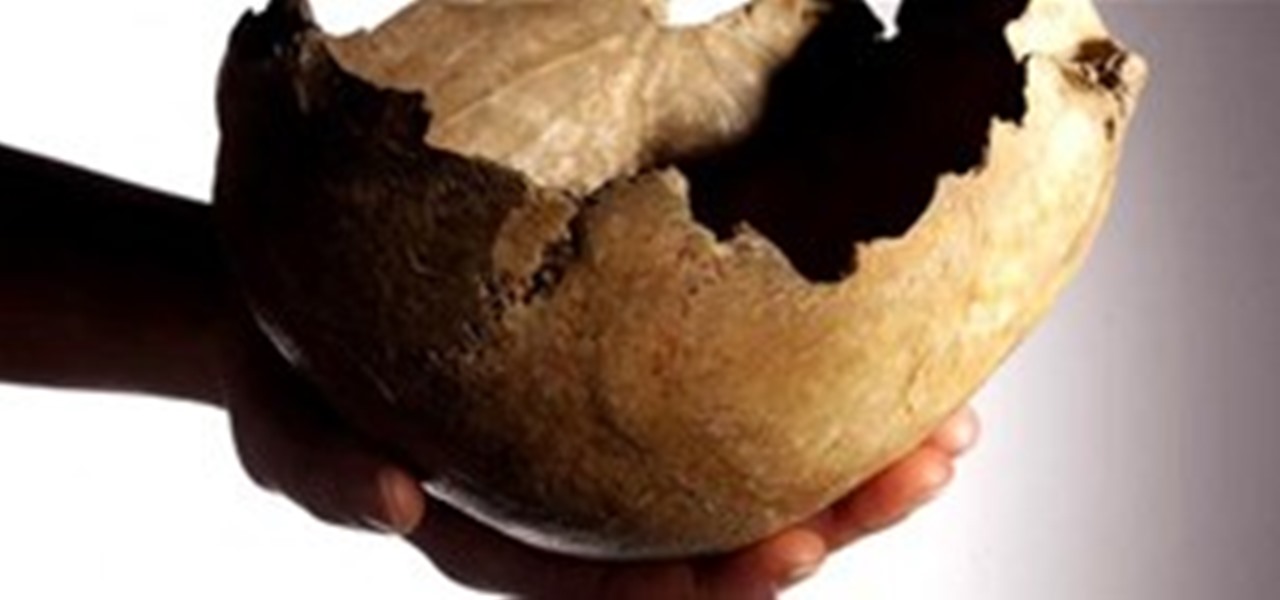
News: Early Humans Use Each Others' Skulls As Drinking Cups
How far would you go to be resourceful? Early Britons used each others' skulls as drinking cups and bowls. Recently, researcher Silvia Bello found human skulls with the top cut off laying in Gough's Cave, England. Skillful cut marks make it look like fellow humans scraped off the dead skin to clean the bone, and chips around the rim of the skull cup make it look like the edges were evened out for a better drinking experience. Researchers have found other skull cups in France and Germany, but ...
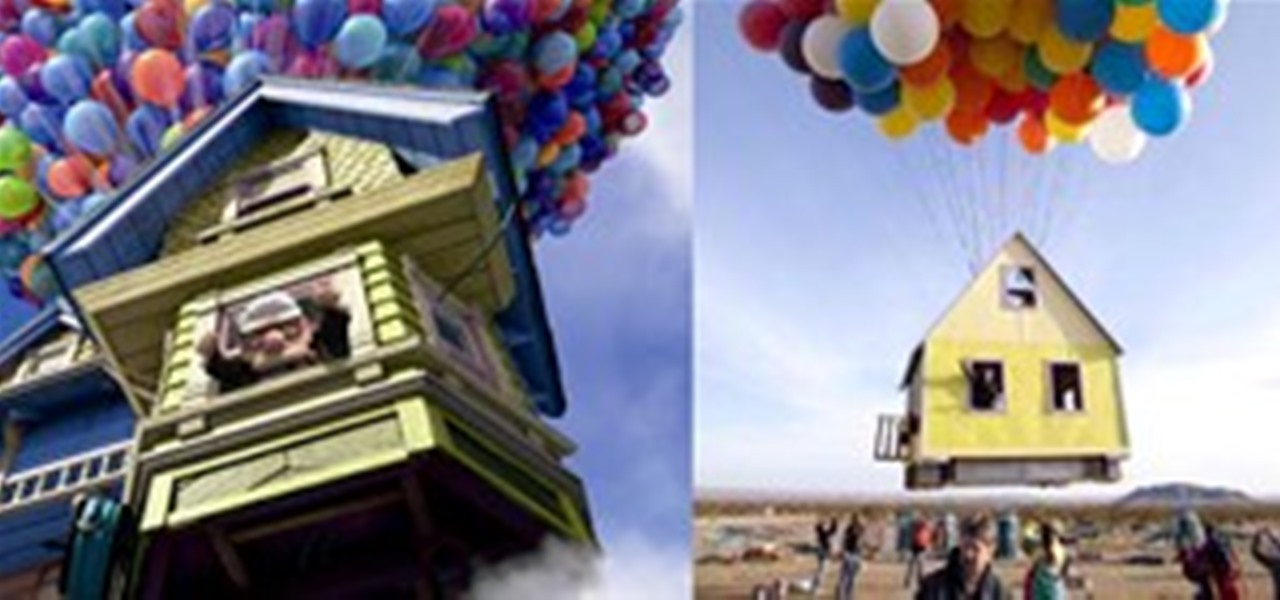
DIY of The Decade: Pixar's UP House Comes to Life
Truly spectacular and one the most breathtaking DIY endeavors to grace the front page of WonderHowTo, a recreation of Pixar's UP house was launched to an altitude of 10,000 feet in a private airfield near Los Angeles this past week. The project was executed by a team of engineers, scientists and veteran balloon pilots—(meaning, please, Do Not Try This at Home).

News: Are You Typical? The Planet's Most Archetypal Face Composited
Does this man look vaguely familiar? A neighbor or former co-worker, perhaps? You might think you recognize him, but this individual is actually the face of 7 billion. Composited with endless photos taken from the world's massive population, he represents an analytically deduced median: a 28-year-old Han Chinese man. The Chinese Academy of Science in Beijing has drawn data for the past ten years to come up with this archetypal image, as well as the following stats:
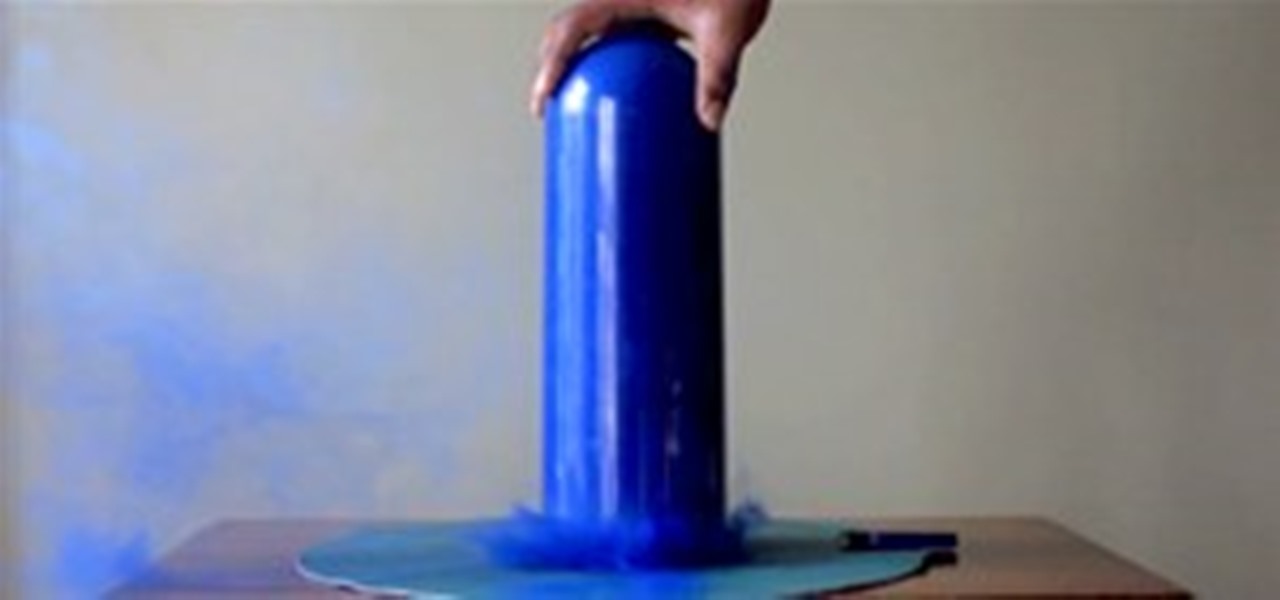
News: Science-Explosion-Art of the Day: The Beauty of the Smoke Bomb
Colored smoke bombs never get old. Add a glass laboratory bell jar and a simple rewind camera trick, and you have a beautiful "60 sec experiment with the color Indigo" by photographer and designer Paul Octavious. More explosive art:
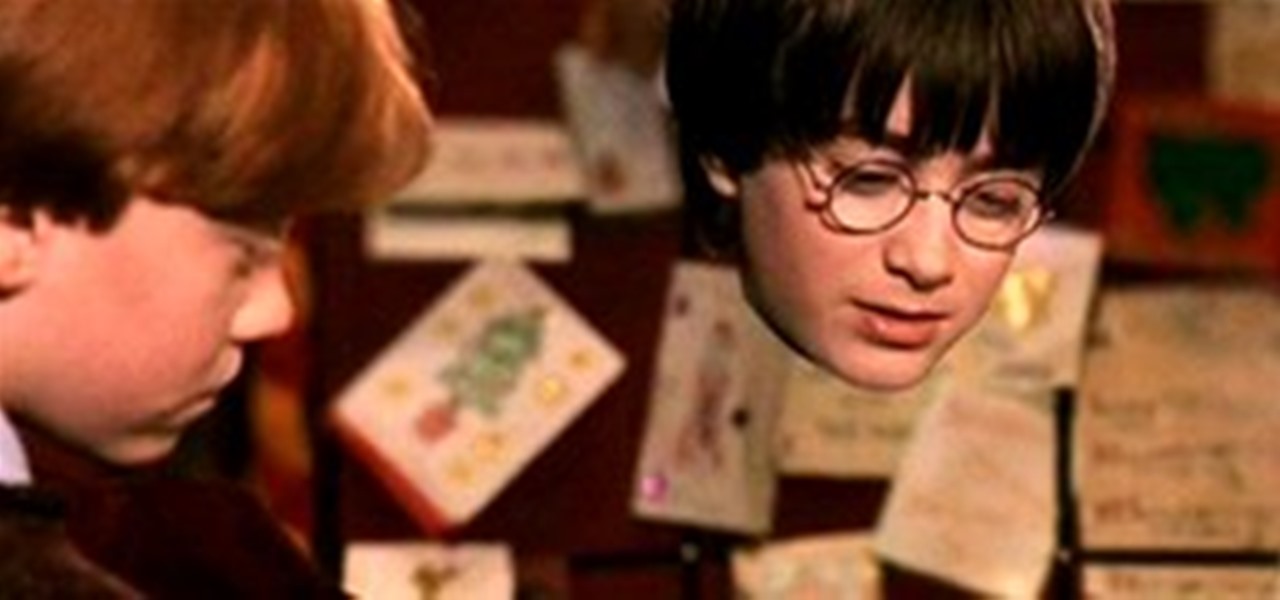
News: Get an Invisibility Cloak. Seriously.
Well, maybe not a real invisibility cloak—sorry Harry Potter fans—but a team of scientists at MIT's SMART Centre are on their way to producing materials that mimic actual invisibility.
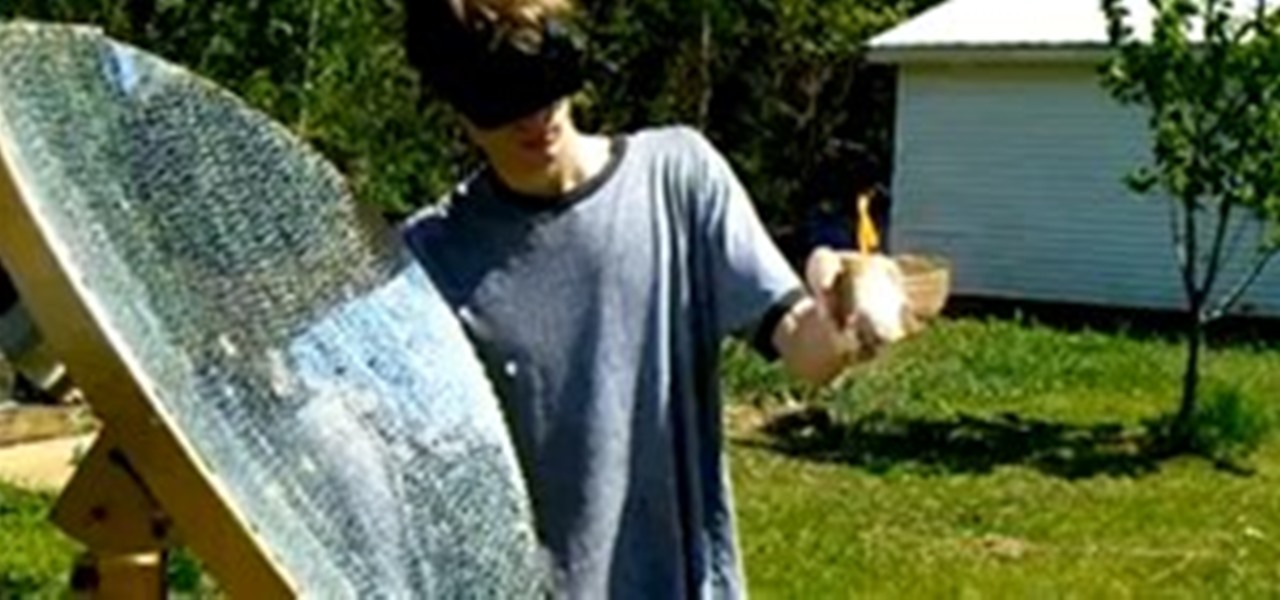
News: Building a Bonafide Solar Death Ray Sounds Too Easy
Eric Jacqmain is one smart cookie. Borrowing from the same principles of Archimedes’ mythological death ray, the Indiana teenager used an ordinary fiberglass satellite dish and about 5,800 3/8" mirror tiles to create a solar weapon with the intensity of 5000x normal daylight. The powerful weapon can "melt steel, vaporize aluminum, boil concrete, turn dirt into lava, and obliterate any organic material in an instant."
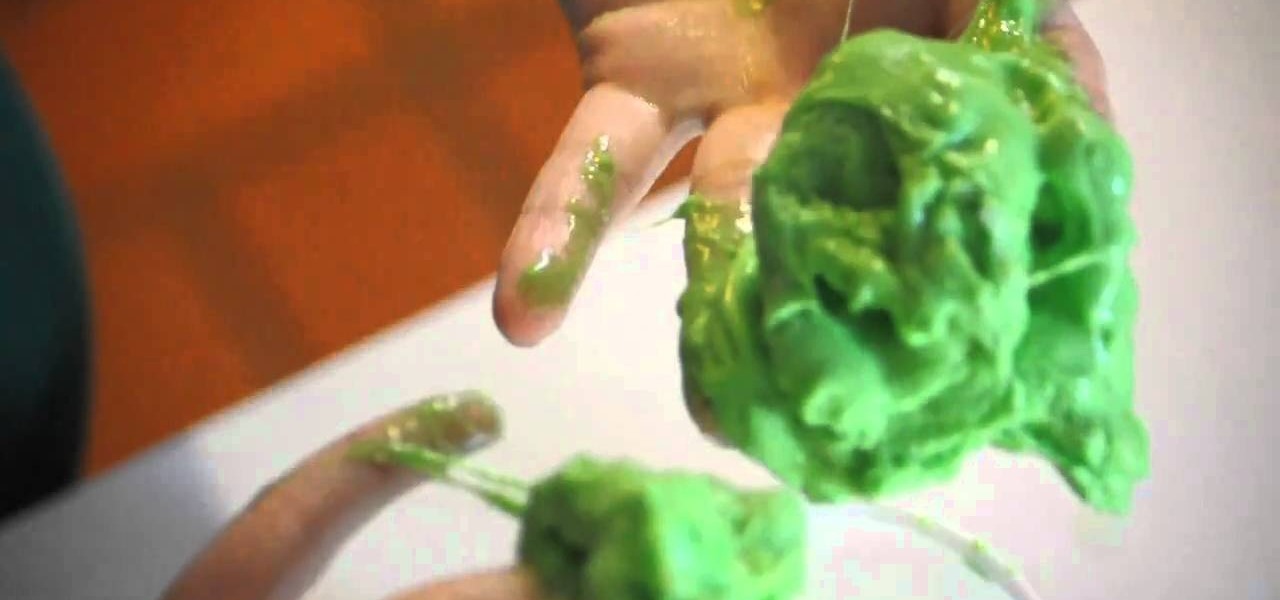
How To: Make fun green slime with borax and Elmer's Glue
The only thing slimier than Charlie Sheen's latest sex scandal is this super sticky and icky green slime, made with borax and some Elmer's Glue. Gain the sticky molasses of experience by checking out this science tutorial on how to whip up a batch of green goo.
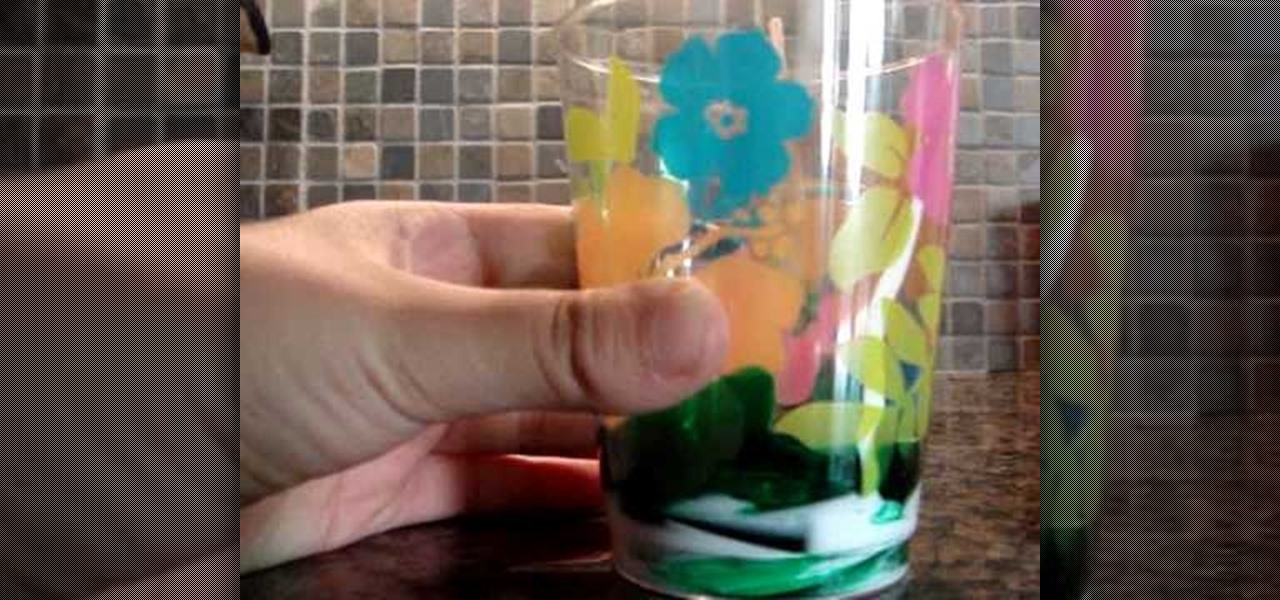
How To: Make simple dark green slime without borax
Most folks mistakingly think that slime - or green silly putty - simply can't be whipped up without borax. But the buffer solution can easily be replaced by another ingredient that you already have lying around in your house: laundry detergent.
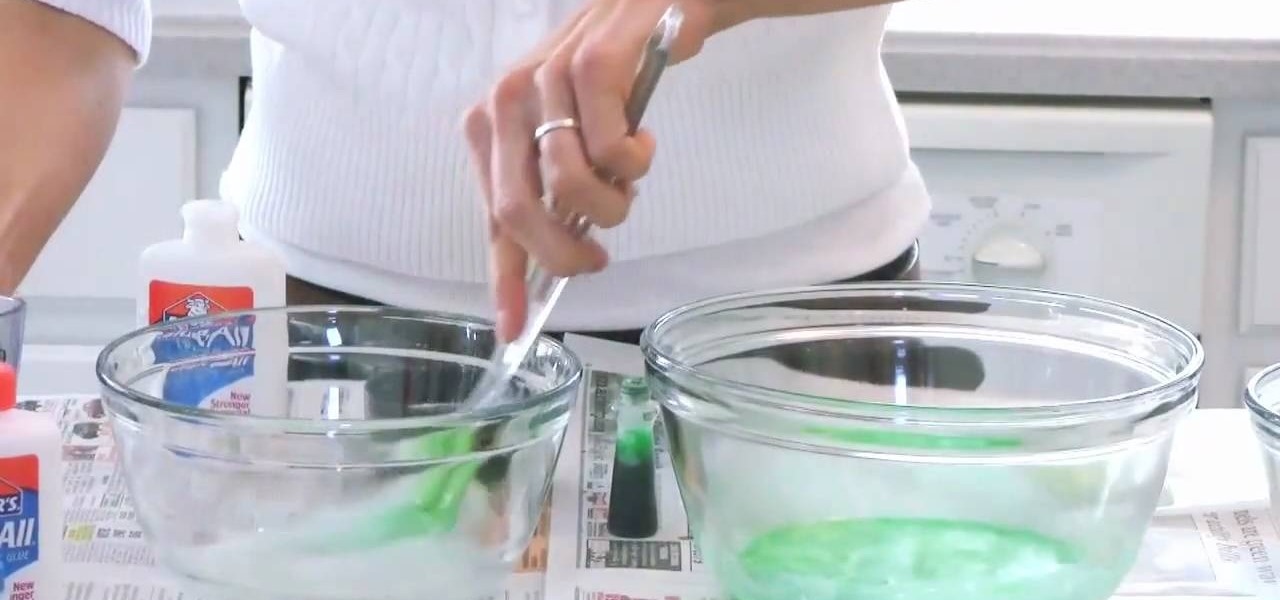
How To: Make Gooey Green Slime Using Elmer's Glue and Borax
Remember the movie "Flubber," about mad professor Robin Williams and his gravity-defying invention of slime that could walk, talk, and transform into just about anything? Well, you can make a very similar type of green goo at home using stuff you already have lying around.

News: Bored? Get High Now (Using Your Computer)
For some of you out there, today may be a looooong Friday. But have no fear, if you've yet to furtively accomplish shaving off a few extra minutes from the office clock, there is an alternative for getting through the day: computer pharmaceuticals. Relax, moms, we're not talking illicit drugs. Computer pharmaceuticals (AKA: optical and audio illusions) are completely natural, harmless highs that promise to alter your perception and consciousness- without the risk of drugs or alcohol.

Icy Cold, Winter Science: Watching a Bubble Freeze
A simple science experiment, yet totally satisfying. And the best part is you can go outside and try it right now (if conditions allow). You will need: freezing cold weather and a bottle of bubbles. Previously, HowTo: Make Instant Fog.
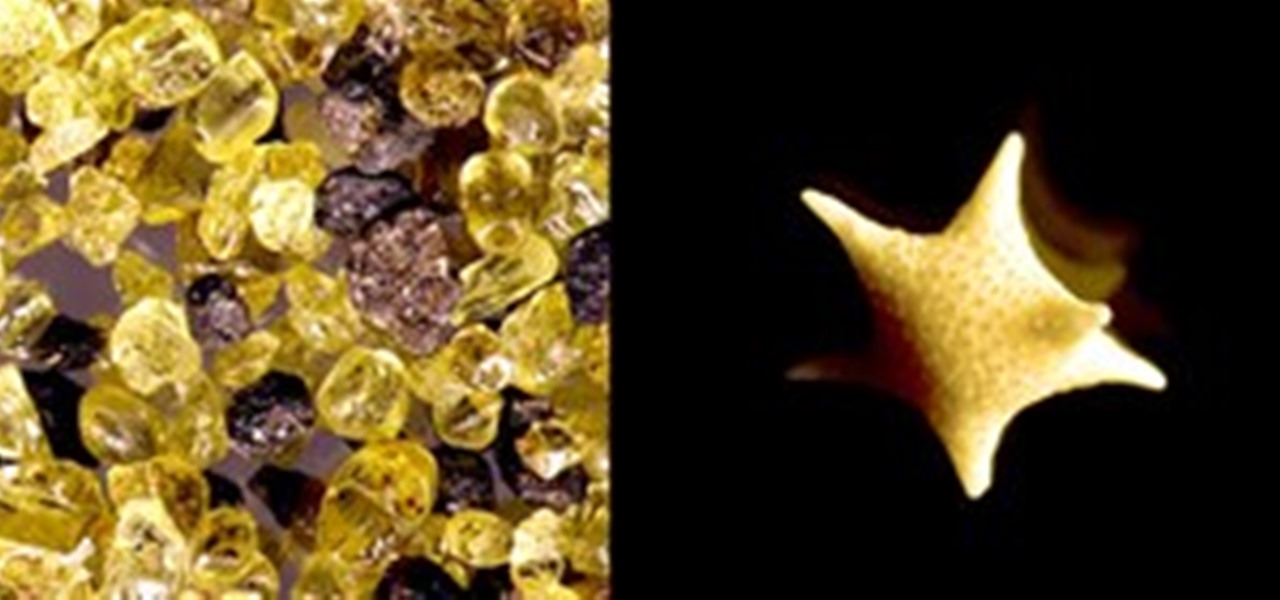
News: Zooming Into Sand
Incredible. There's a type of sand (found only on the small Okinawan island of Iriomote) in which each grain resembles a tiny star. And I never would have known, if it hadn't been for blogger Jason Kottke's pal Mouser. Mouser collects sand from all around the world, and then documents each sample with a macro lens:

How To: Make a gooey slime at home using corn flour
Gross out your friends, or just have fun playing with some goo! You can make your own slime at home easily. All you need is some corn flour and water. Add food coloring if you really want to make it cool!

How To: Make slime without using borax
This video shows you how to make slime, or goo, without using borax which can be harsh on some people's skin. Rather than spending money on buying slime for your children in the toy store, simply mix water and cornstarch. You can even make it any color you want just by adding food coloring. Make slime without using borax.
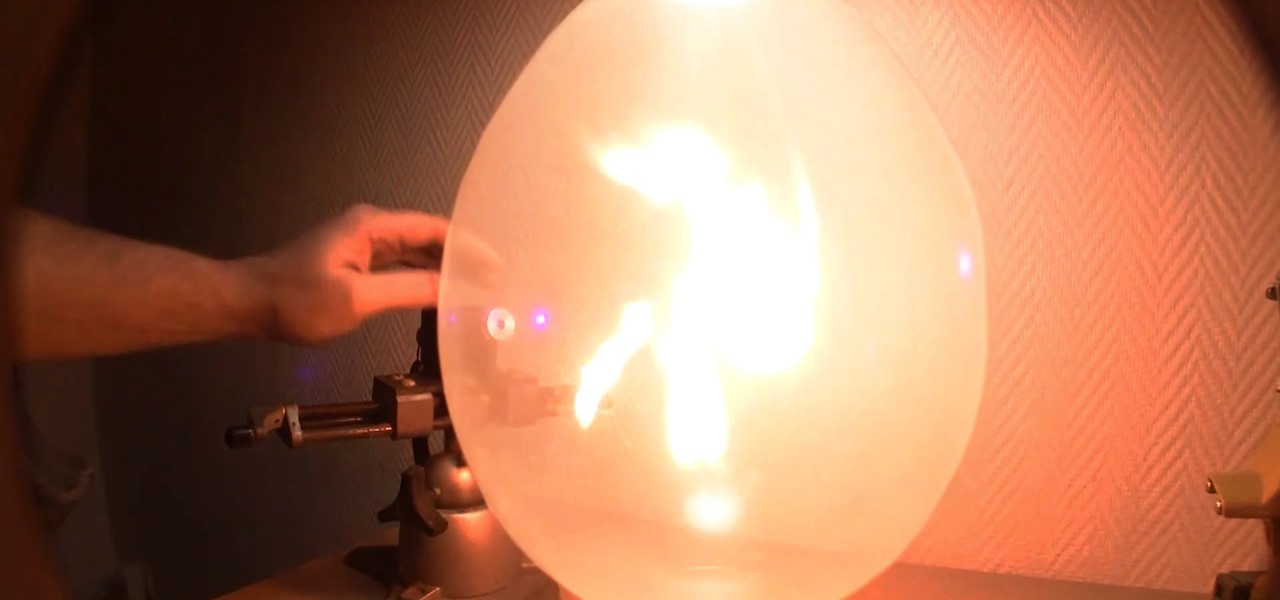
How To: Use a laser to ignite a fire within a regular balloon
All you need is a burning laser, a bit of flash paper (which you can find at any magician's shop), some thread, a balloon pump, and of course, a balloon. Then set it all up to set a fire inside the balloon!

News: What Happens When Water Hits a Scalding Hot Pan at 3000 Frames-Per-Second?
The Leidenfrost Effect: “a phenomenon in which a liquid, in near contact with a mass significantly hotter than the liquid’s boiling point, produces an insulating vapor layer which keeps that liquid from boiling rapidly”. It looks pretty spectacular captured at 3000 frames-per-second (almost as spectacular as when the same principle is applied to the human hand). Previously, Hand Fully Submerged in Liquid Nitrogen (OUCH... right?)

How To: Make a water drop electrostatic generator
Wanna make some lighting in your very own home? You can with this cool how-to video. Basically what you'll be creating is called a Kelvin's Thunderstorm, or, a water drop electrostatic generator. Check out the video to see what supplies you'll need to make this experiement work.

News: Robotic Ghost Knifefish Is Born
Researchers at Northwestern University have hatched a robotic replica of the ghost knifefish, an amazing sea creature with a ribbon-like fin, capable of acrobatic agility in the water. The fish is distinctive in its ability to move forward, backward and vertically, but scientists didn't understand its vertical movement until the creation of its robot replica, GhostBot (shown below). They now know its vertical propulsion is caused by two waves moving in opposite directions, crashing into each ...

How To: Perform a cool trick with Ivory soap and a microwave
Ever wonder what happens when you put a bar of Ivory soap (the soap that floats!) in a microwave for a few minutes? This science experiment shows what happens when water molecules in a bar of Ivory get nuked! Try it!

How To: Create a color explosion with this cool science experiement
Soap is an incredible thing and this how-to shows some of its incredible qualities. You'll need a plate, some whole mile, some food coloring, some Q-tips and some dish detergent. It's an explosion of color! Some very unusual things happen when you mix a little milk, food coloring, and a drop of liquid soap. Use the experiment to amaze your friends and uncover the scientific secrets of soap.
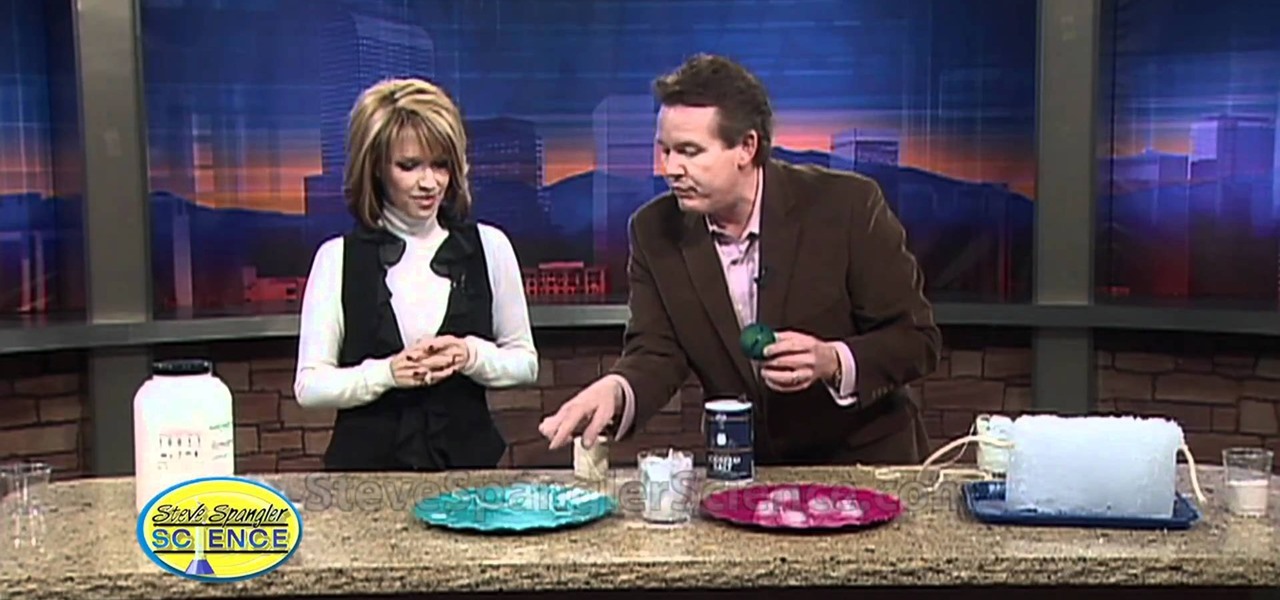
How To: Perform an ice-cube trick with sodium chloride
Think you can lift an ice-cube with nothing but a piece of string? In this cool how-to science lesson, Steve Spangler shows us how to do it, and explains what happens when salt is put on ice. We all know that salt is used to melt ice and snow, but do you know why? Leave it Steve Spangler to turn this basic science lesson into an after-dinner trick you'll use to amaze your friends.
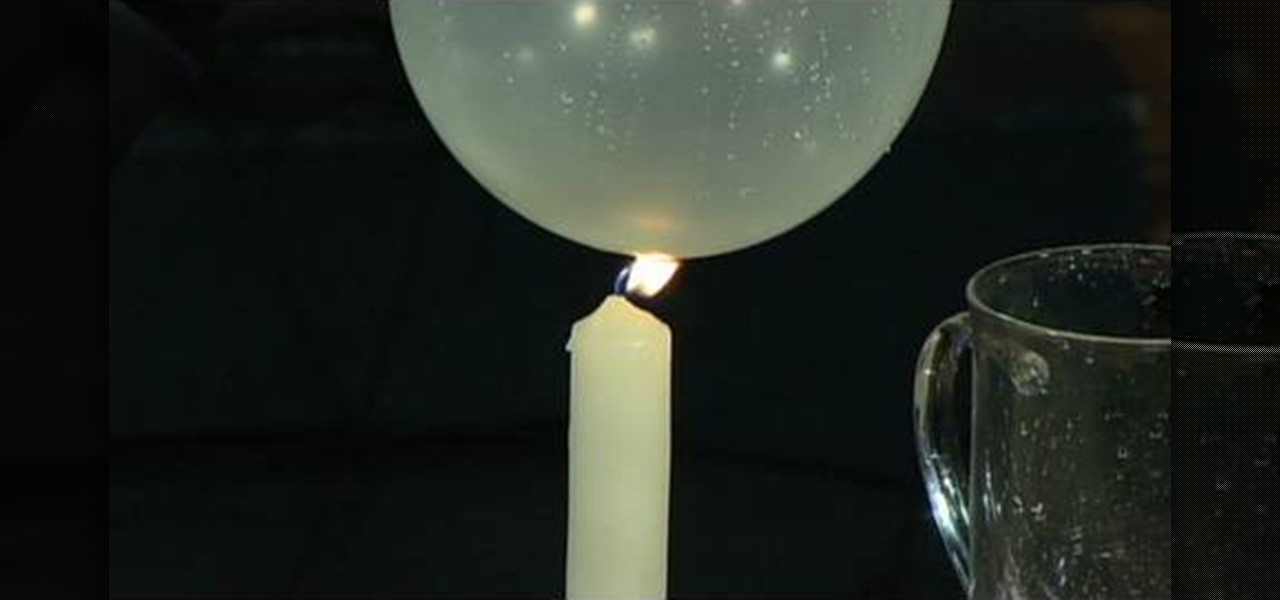
How To: Perform a cool water heat conduction experiment
This is a cool science experiment to show what a great heat conductor water is. You'll need some balloons, a candle and some water. Check it out and be amazed! Common sense tells you that it's impossible to boil water in a paper bag, but this classic parlor trick was a favorite of the Victorian magician. The real difficultly in performing this effect is making it look harder than it is! As you might imagine, the secret lies in yet another amazing property of water - it's ability to conduct he...
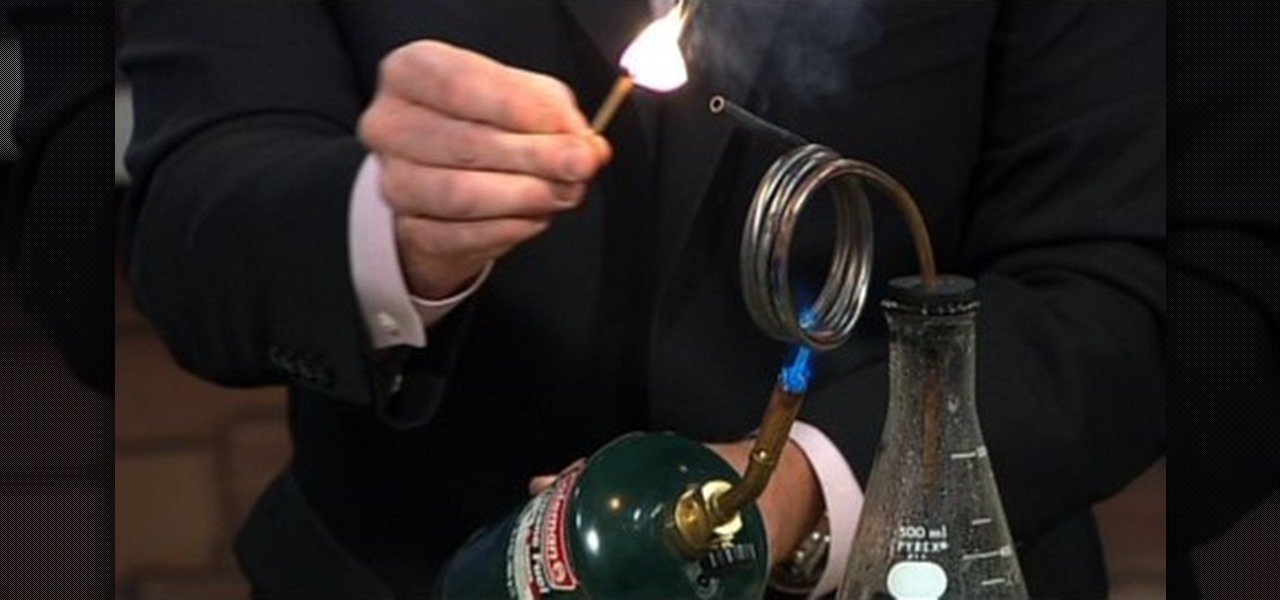
How To: Perform a superheated steam science experiment
This is a cool experiment that shows what happens when we superheat steam. Wath as we move beyond a gas to something else! Steve Spangler is the science man and he'll turn you on to something cool. We usually think of water as a substance used to put out fires... but what happens when water turns to steam and that steam gets superheated? Watch in amazement as the steam created in the experiment is used to create - not extinguish - fire!
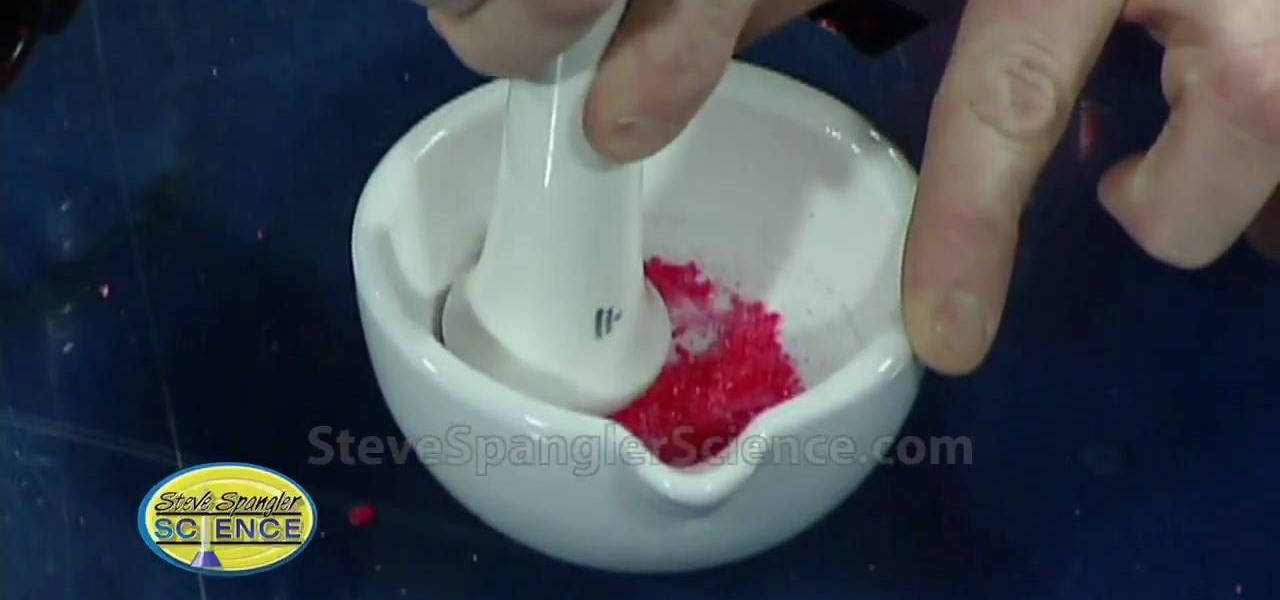
How To: Test the myth of death by eating pop rocks and soda
Did Mikey really meet his end by eating Pop Rocks and Coke? Well, in this how-to you'll see the myth tested and be able to try it out yourself. Follow as Steve Spangler shows us why Pop Rocks pop, and how they react with soda.
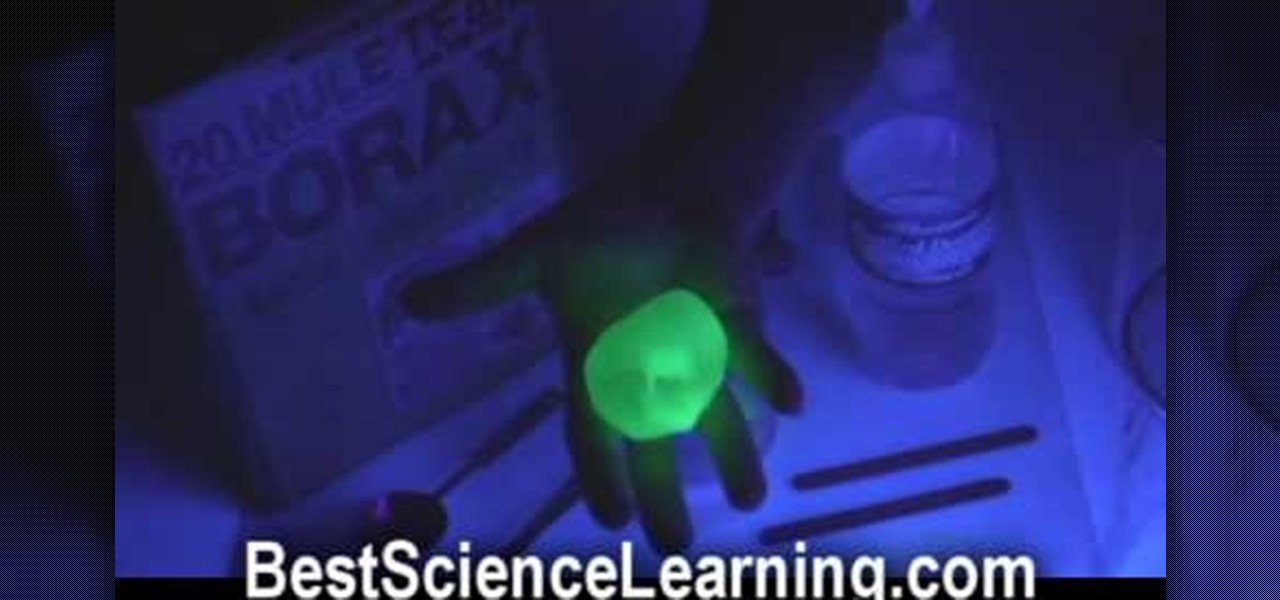
How To: Make a bouncy ball and glow in the dark goo
Here's a cool video! By combining two readily accessible liquids, you can make yourself a cool bouncey ball. This how-teaches kids about polymers, chemicals. You'll also learn in this video how to make glow in the dark goo. Just what the world needs!
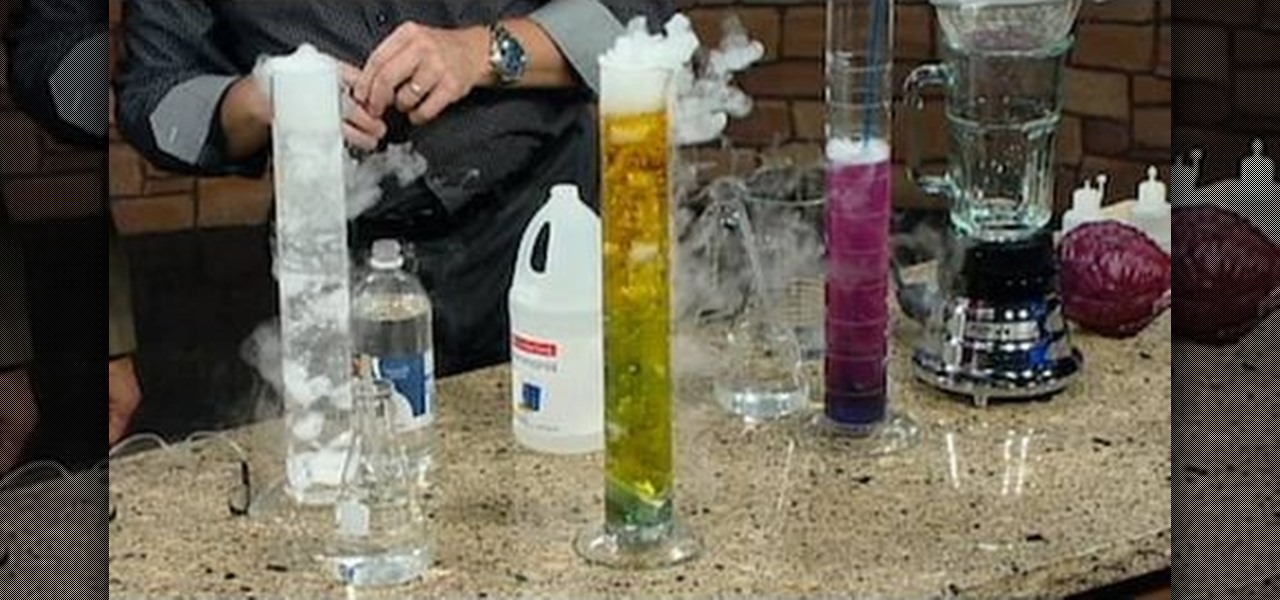
How To: test the acidity or alkalinity of certain liquids
Hmmm, all you've got is a piece of cabbage but you need to test the acidity or alkalinity of some liquid. What do you do? What DO you do!? Well, you start by watching this video by Steve Spangler. Ahh, the sweet smell of science! Invite your friends over to share in this super smelly but really cool activity. Plug your nose and get ready to make your own red cabbage indicator that will test the acidity or alkalinity of certain liquids.
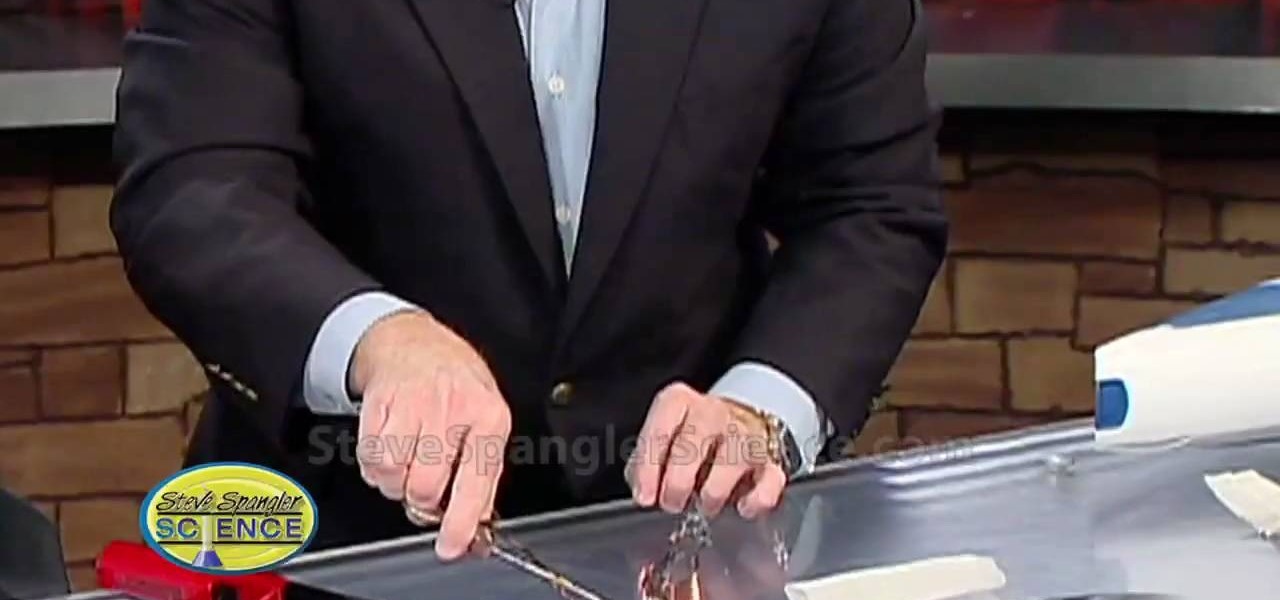
How To: Make a tea bag rocket and blast off
3,2,1... blast off! Here's a fun little experiment you can do with a tea bag and some matches. You can try it at home and see how far up you can make your tea bag rocket go. The Tea Bag Rocket is really an adaptation of a classic science demonstration called the Ditto Paper Rocket. Each piece of Ditto paper had a sheet of tissue paper that separated the two-part form, and it was this discarded piece of paper that kids used to make the "rocket." Since Ditto paper is a thing of the past, scienc...

How To: Walk on cornstarch with this non-Newtonian fluid trick
Walk on water? Impossible. Walk on cornstarch? You bet! Check out this video to see what happens when you mix up a tub of cornstarch and water. It's goopy cool fun. Mix cornstarch and water in this classic experiment to form a gooey liquid and solid material that behaves like quicksand. Some people refer to this as the Oobleck recipe, others call it a Non-Newtonian fluid. After watching these video segments, you'll call it a great science lesson as your students learn about the amazing proper...

How To: Perform the floating rice trick
This is a cool trick that creates the illusion that one object appears heavier than the other. Check out the video, and watch Steve Spangler perform this trick and teach you how to do it! This trick, dating back thousands of years, uses two identical bottles of rice and chopsticks. One bottle appears to be lighter than the other and floats up.
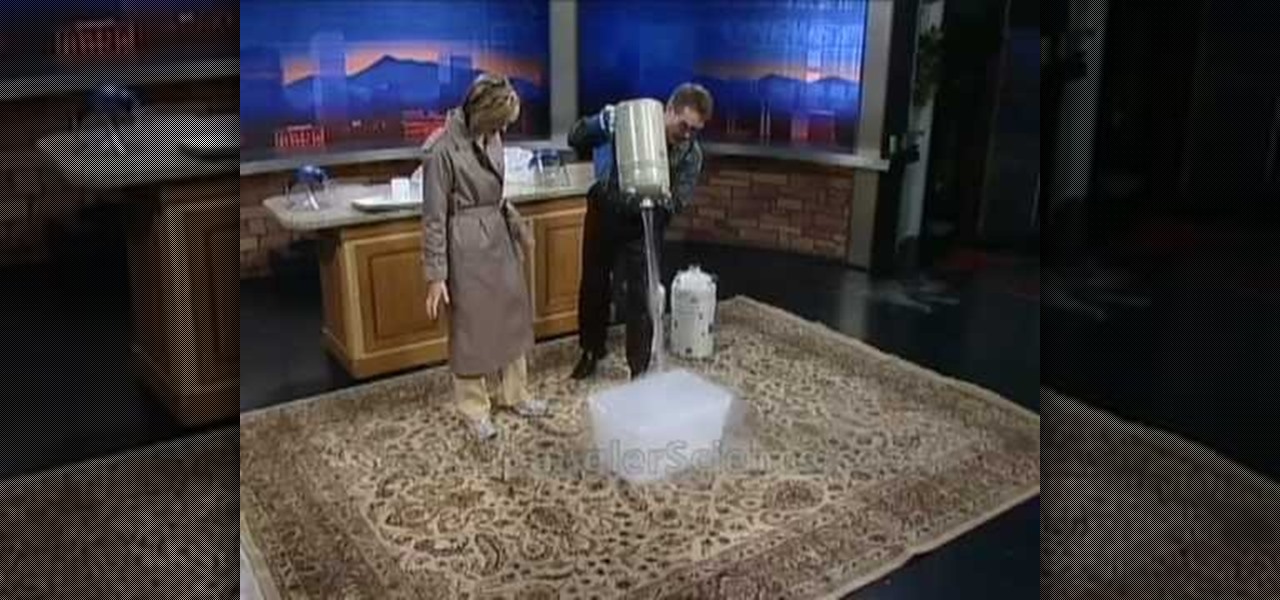
How To: Make a liquid nitrogen explosion
In this how-to, Steve Spangler shows us the power of liquid nitrogen, and how you can use it to make quite a powerful explosion. Now this isn't something you'll likely try yourself, but you'll learn something, and hey, that's pretty cool.
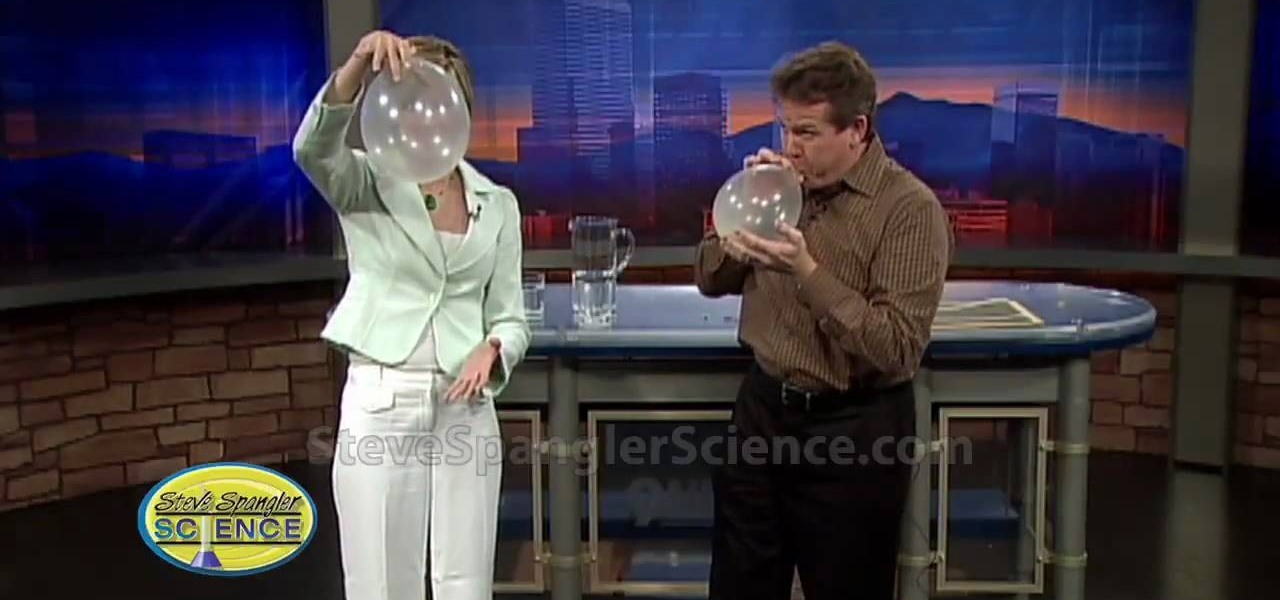
How To: Understand Newton's laws of motion and centripetal force
With this cool little how-to, learn about Newton's laws of motion and try first hand to see centripetal force in action. You'll need balloons and a coin and a lug nut.

How To: Create a cloud in a bottle
Cool! A cloud in a bottle! You can make one yourself by watching this little how-to. You'll need a bottle, a bike pump and a little attachment from the hardware store.

How To: Build a tornado or whirlpool tube
Wish you could put a whirlpool in a bottle? How about a tornado? Well, this cool video shows you how to do both. Add food coloring or dish soap to highlight the water or the air. It's a cool project!
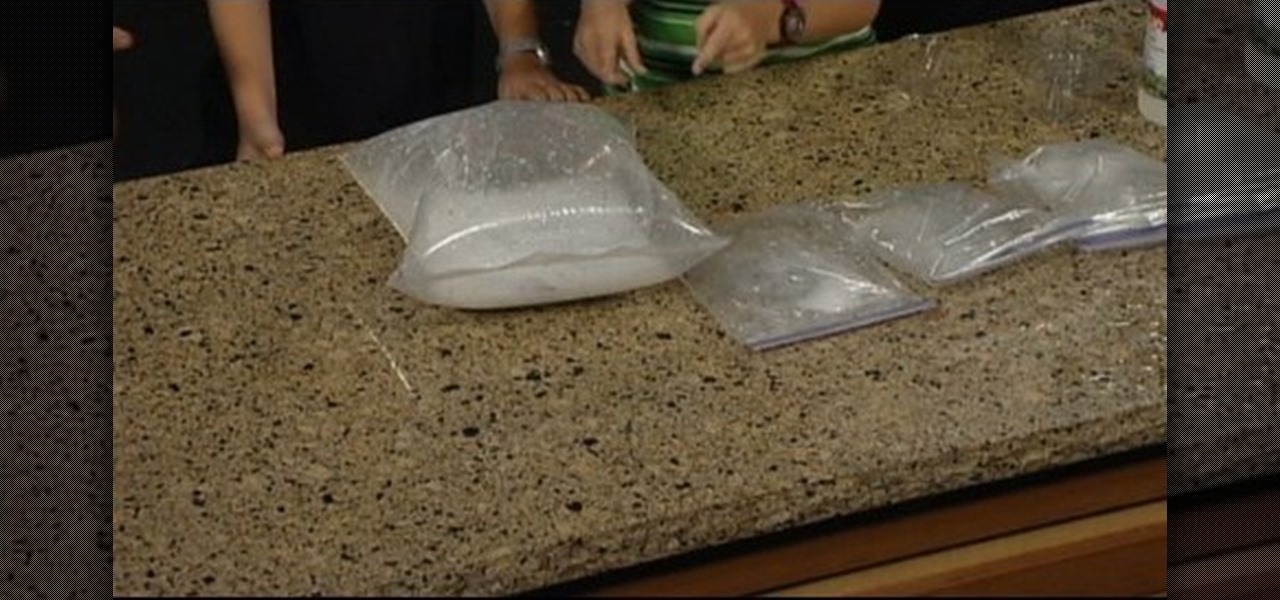
How To: Make a carbon dioxide sandwich bomb
No one ever gets tired of making little explosions by adding vinegar and baking soda. In this video, you'll make a sandwich bomb in a sandwich bag and watch as the contents bubble, brew and explode. Mmmm lunch is ready!
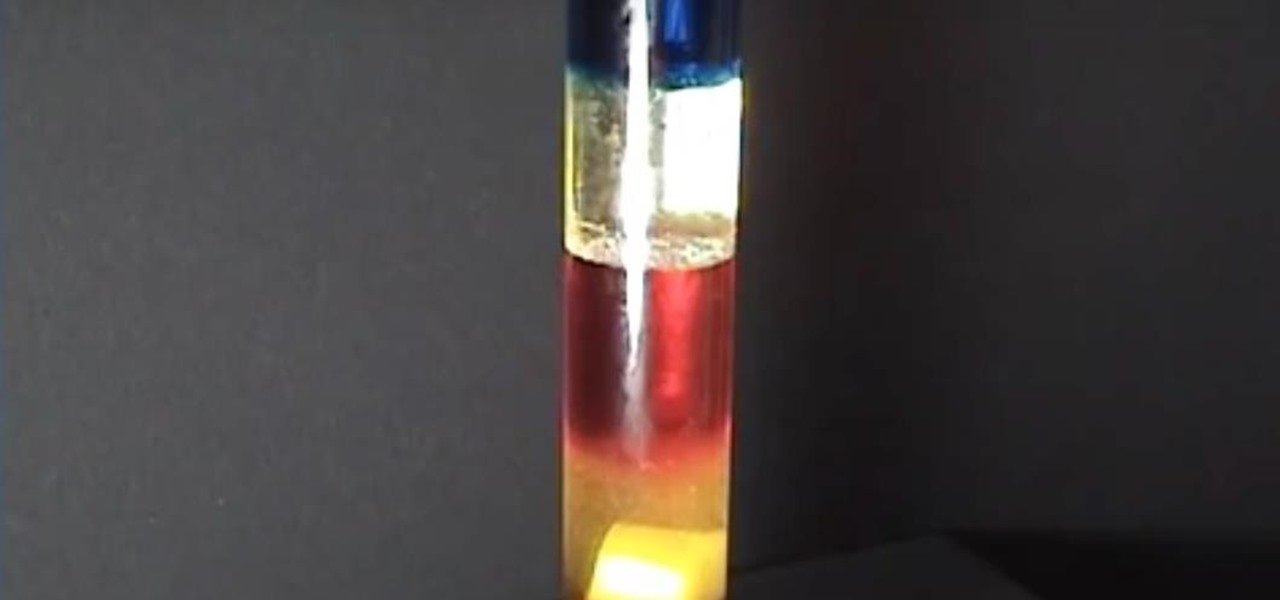
How To: Make a Stack of Different Colored Liquids
Here's a simple home science experiment to demonstrate to kids the different weight and viscosity of various liquids. The liquids near the bottom are more dense while the liquids on top are less dense. This can also be used to determine the relative density of solid objects. Place them in the container and see where they float.



